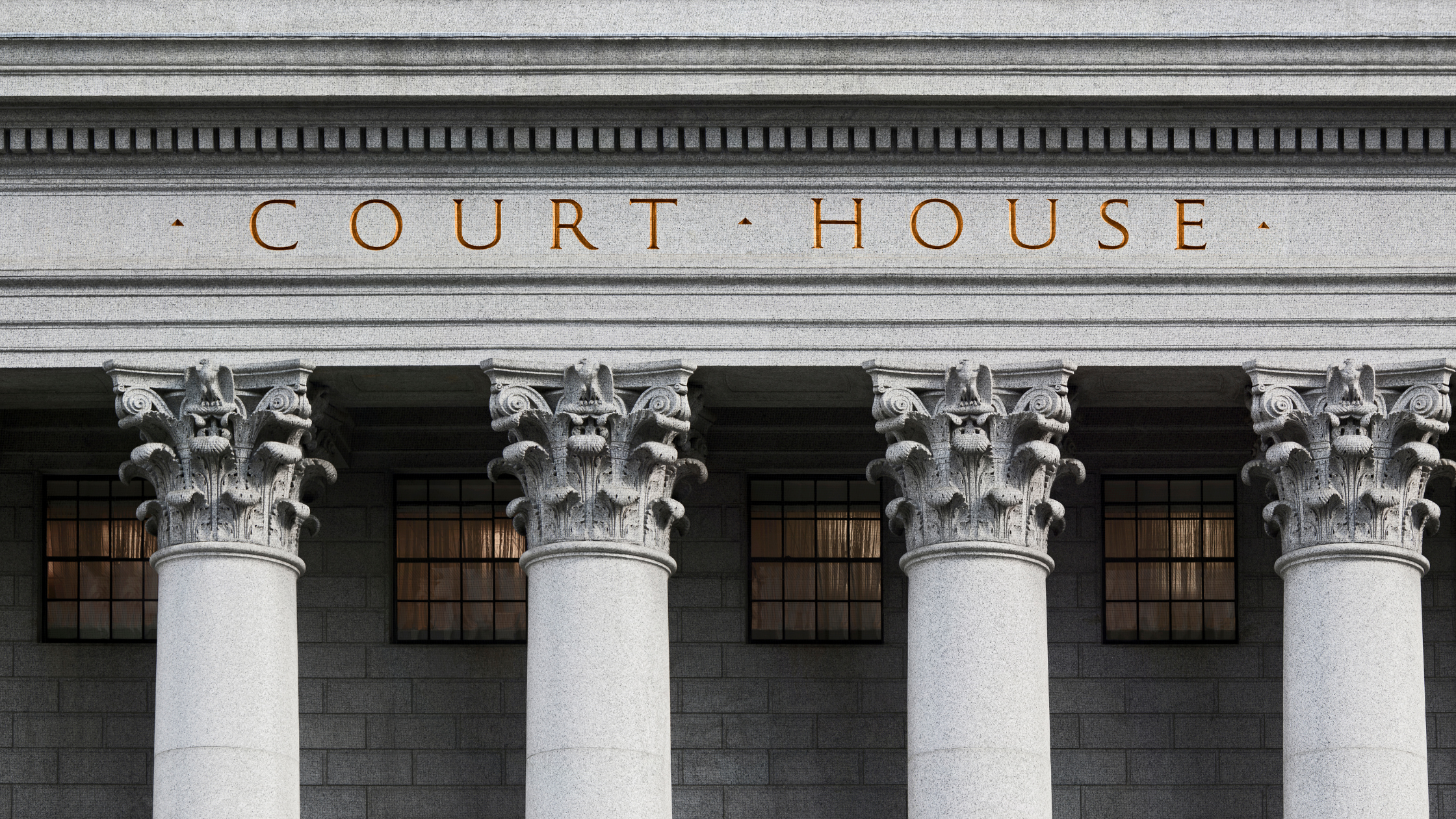Law school does a great job teaching legal theory, but the day-to-day reality of courtroom practice? That’s a whole different beast. Your casebooks might have you convinced that legal arguments flow seamlessly from doctrine to victory, but real courtrooms are messier, more strategic, and way more dependent on things they don’t teach in Civil Procedure. Getting a handle on these practical realities now will save you from some awkward learning moments later.
Strategic Positioning and Courtroom Dynamics
Here’s something they don’t tell you in law school: where everyone stands and sits in the courtroom actually matters for strategy. Sure, you know the judge sits up high and the jury’s off to the side, but successful attorneys think about how that geography affects their game plan. The distance between counsel table and jury box influences how attorneys modulate their voice and gestures during opening statements and closing arguments. Proximity to exhibits and technology affects the flow of evidence presentation.
Experienced practitioners know which judges prefer attorneys to remain at the podium versus approach the jury during arguments. Some courts have strict boundaries about attorney movement, while others allow more flexibility. These preferences aren’t always written in local rules—they’re learned through observation and experience.
The psychology of courtroom positioning extends to client placement as well. In jury trials, where clients sit and how they present themselves can influence jury perception. Corporate defendants might position in-house counsel prominently to demonstrate the company’s commitment to legal compliance, while individual defendants in criminal cases require different strategic considerations.
Judicial Temperament and Case Management
Every judge has their own vibe, and figuring that out quickly can make or break your case. Some judges run their courtrooms like military operations—everything’s scheduled to the minute, arguments are formal, and you better have your citations ready. Others are more laid-back and actually want to have conversations about the issues. Understanding these differences is crucial for effective advocacy.
Judges often have preferences about motion practice that extend beyond written local rules. Some prefer comprehensive briefing with extensive case citations, while others want concise presentations focused on practical outcomes. Certain judges encourage oral argument on dispositive motions, while others rely primarily on written submissions.
Case management styles also vary significantly. Some judges actively manage discovery disputes and maintain tight control over scheduling, while others expect attorneys to resolve most issues independently. Learning to read judicial signals and adapt advocacy approaches accordingly separates effective courtroom lawyers from those who simply recite legal arguments.
The Rhythm of Oral Argument
Forget everything you learned in moot court about uninterrupted presentations. Real oral arguments are more like conversations where the judge might jump in at any moment. And honestly? That’s actually a good thing, even when it feels terrifying. Successful advocates learn to welcome questions rather than view them as disruptions.
Judges ask questions for various reasons—to clarify factual issues, test legal theories, or explore practical implications of proposed rulings. Distinguishing between these different types of inquiries helps attorneys provide responsive answers that advance their arguments rather than simply fill time.
The concept of reserving rebuttal time in appellate courts exemplifies strategic timing considerations. Knowing when to reserve time, how much to request, and what issues to save for rebuttal requires understanding both substantive legal strategy and procedural mechanics.
Evidence Presentation and Technology Integration
The evidence game has changed big time since your Evidence professor went to law school. These days, you’re dealing with everything from Instagram screenshots to complex database queries, and the authentication rules haven’t quite caught up. However, technology integration varies dramatically between jurisdictions and individual courtrooms. Federal courts often have advanced presentation systems, while state courts might rely on traditional easels and poster board. Understanding available technology and having backup plans for technical failures is essential for seamless presentations.
The authentication requirements for digital evidence create new challenges that weren’t contemplated when traditional evidence rules were drafted. Social media posts, electronic communications, and database records require foundation testimony that addresses both traditional authenticity concerns and technical reliability issues.
Jury Dynamics and Communication
Working with juries is part psychology, part performance art, and part mind-reading. You’re constantly trying to figure out if they’re following your argument, getting bored, or completely lost in the technical details. This goes beyond basic presentation skills to include strategic decisions about pacing, complexity, and emphasis.
Jury attention spans are limited, and effective advocates structure their presentations to maintain engagement throughout lengthy proceedings. This might involve varying presentation styles, using visual aids strategically, or breaking complex arguments into digestible segments.
The increasing diversity of jury pools requires attorneys to consider cultural communication styles and avoid assumptions about shared knowledge or experiences. Technical cases demand particular attention to explaining complex concepts without condescending to intelligent laypeople.
Settlement Dynamics and Judicial Encouragement
Here’s something that might surprise you: most cases don’t actually go to trial. They settle, often with the judge acting as something between a referee and a therapist. Learning how these settlement dynamics work is just as important as trial skills.
Some judges conduct formal settlement conferences with detailed preparation requirements and structured negotiation processes. Others prefer informal discussions in chambers or encourage attorney-led negotiations with minimal court intervention. Recognizing judicial settlement styles helps attorneys prepare clients and develop negotiation strategies.
The timing of settlement discussions relative to motion practice and trial preparation creates strategic considerations that affect both case economics and client outcomes. Understanding when judges are most likely to encourage settlement and how to position cases for favorable resolution requires appreciating both legal and practical factors.
Local Practice and Professional Networks
Every courthouse has its own culture, and figuring it out is like learning a new dialect. The federal courthouse downtown might be all business suits and formal procedures, while the county court across town could be more like extended family where everyone knows everyone else’s business. Building relationships with court personnel, opposing counsel, and local practitioners facilitates more effective practice. These professional networks provide practical intelligence about judicial preferences, scheduling patterns, and procedural nuances that formal rules don’t capture.
Understanding local bar culture also affects client development and case referral patterns. Some legal communities emphasize formal networking events, while others rely more on informal relationships developed through repeated interaction in court proceedings.
Strategic Thinking Beyond Individual Cases
Experienced courtroom advocates understand how individual case decisions affect broader legal development and client relationships. Judges often consider the precedential impact of their rulings, particularly in areas where legal doctrine is evolving. This broader perspective influences strategic decisions about which issues to emphasize, when to seek interlocutory appeals, and how to position cases for potential settlement or trial. Understanding these considerations helps attorneys provide more sophisticated counsel to clients who have interests beyond immediate case outcomes
Developing Practical Judgment
The transition from law school thinking to courtroom reality is basically learning that perfect legal analysis doesn’t always win cases. Sometimes the judge is having a bad day, sometimes the jury connects with your opponent’s story better, and sometimes technology fails at the worst possible moment. The lawyers who succeed are the ones who can roll with these realities while still making solid legal arguments. Successful courtroom practice requires integrating doctrinal knowledge with strategic thinking, communication skills, and practical wisdom about human nature and institutional behavior. These skills develop through experience, but understanding their importance early helps students focus their learning on practical application rather than purely academic analysis. Law students who appreciate these operational realities will be better prepared to contribute meaningfully to legal practice from the beginning of their careers, rather than spending years learning practical skills that complement their theoretical education.
Want More Practical Guidance Like This?
Subscribe to CEB’s newsletter and get real-world insights, resources, and tips delivered straight to your inbox—designed to help you bridge the gap from law school to legal practice. Sign up here!
Explore AccessLaw | Visit the Academic Resource Page | Follow CEB’s Academic Spotlight LinkedIn Page





